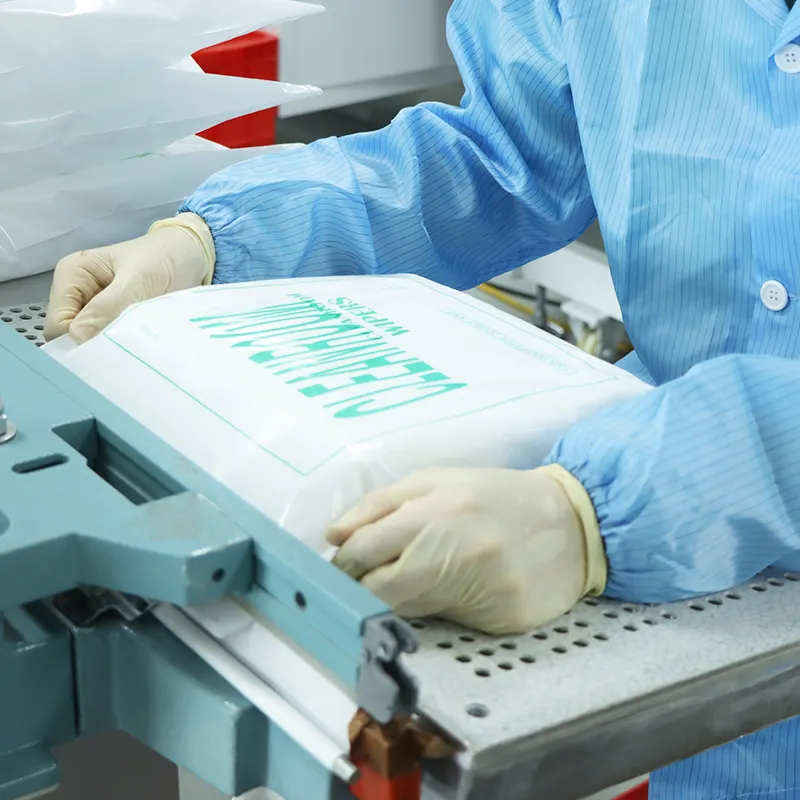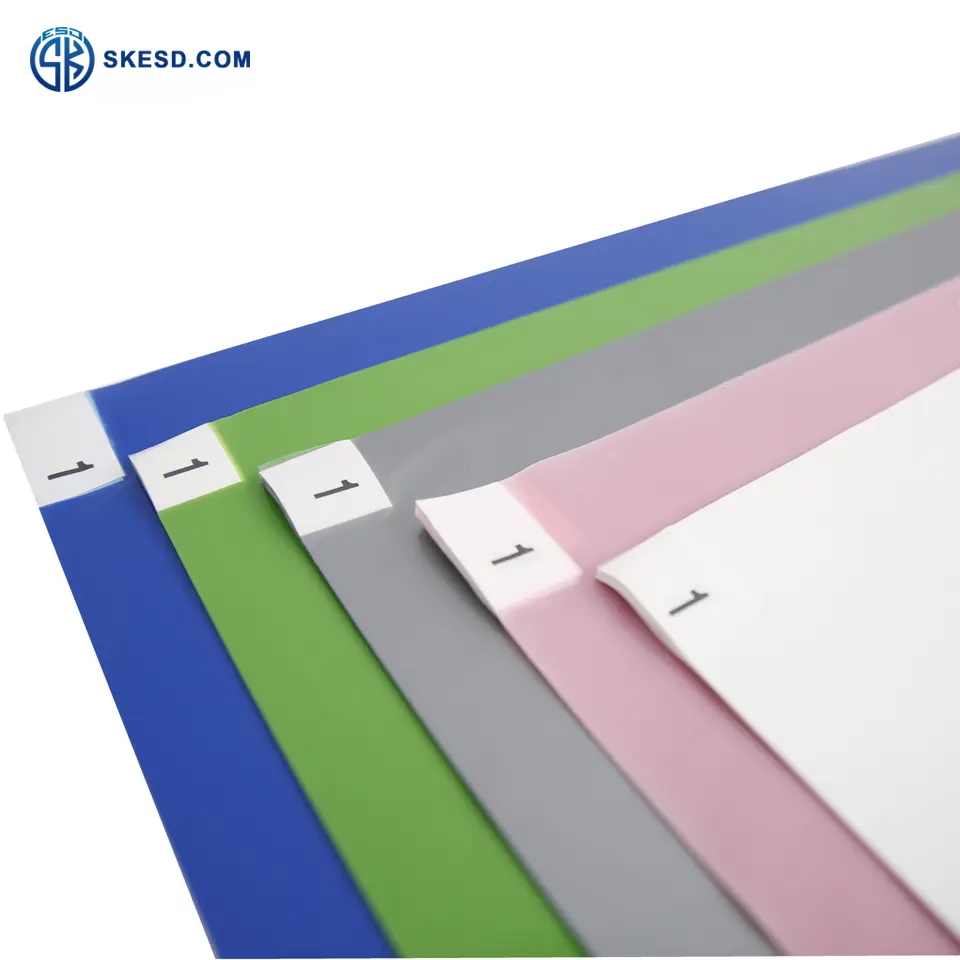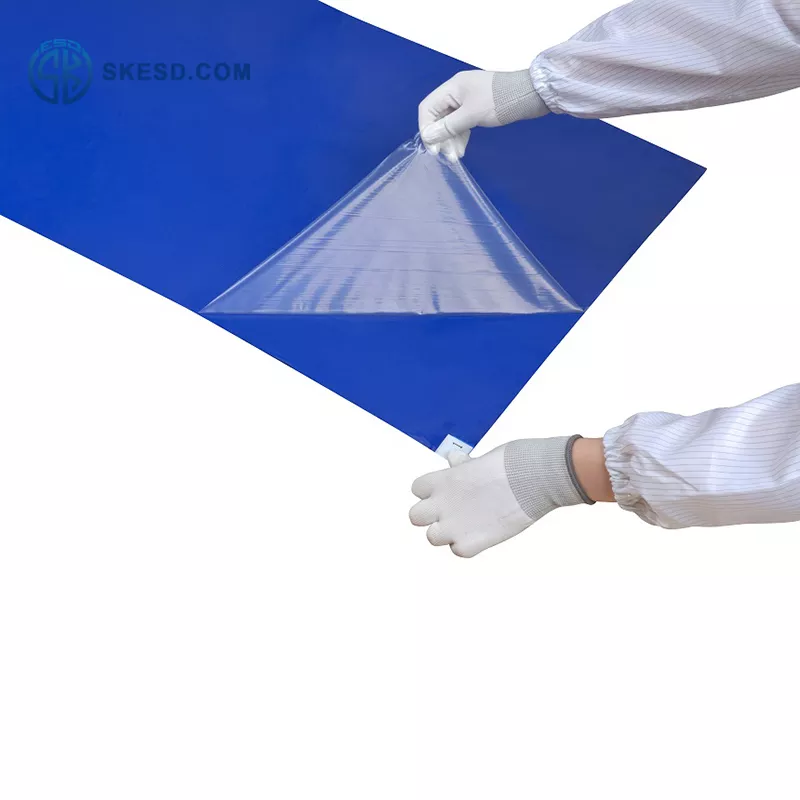If a sticky mat is not used for a long time, its adhesive surface may dry out or become contaminated, which can compromise its effectiveness. Here are some specific issues that can arise if a sticky mat is not used for an extended period:
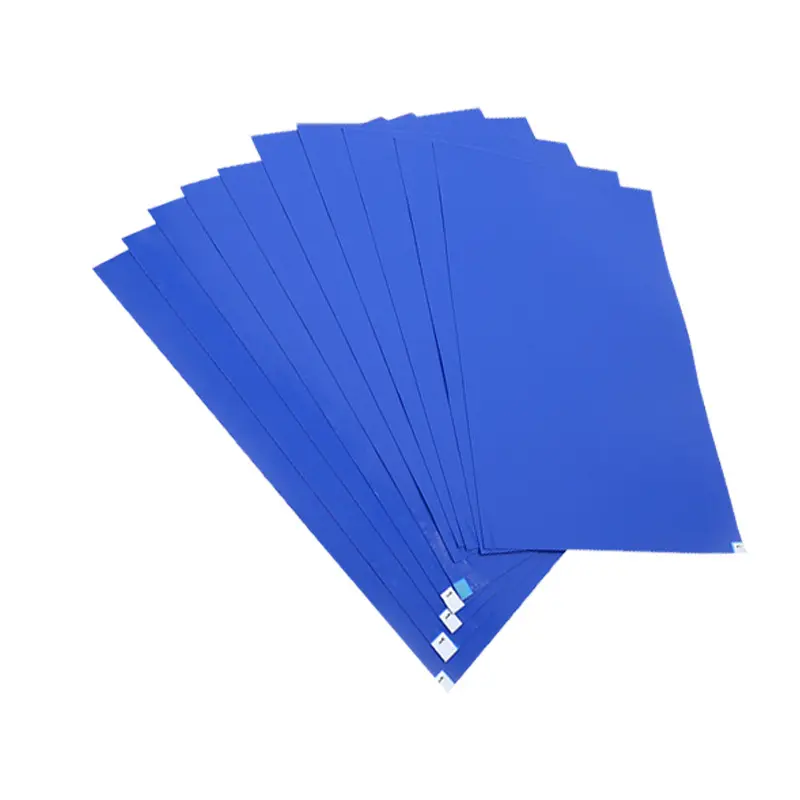
- Reduced adhesive strength: Over time, the adhesive on the surface of the sticky mat can dry out, which can reduce its ability to trap dirt, dust, and other debris. If the adhesive is too weak, the mat may not be effective at keeping the surrounding area clean.
- Contamination: If the sticky mat is left unused for an extended period, dust and other contaminants may settle on the adhesive surface, making it less effective. In some cases, the contaminants may be difficult to remove, which can compromise the mat’s overall cleanliness.
- Warping: If the sticky mat is not stored properly, it may warp or become misshapen. This can affect its ability to lie flat on the surface it is placed on, which can create a potential tripping hazard.
- Expiration: Some sticky mats have a limited shelf life and may expire if left unused for too long. If the mat is used after its expiration date, it may not be effective at trapping contaminants or preventing slips and falls.
To ensure the effectiveness of a sticky mat, it is important to store it properly and replace it as needed.
How to store sticky mats, what are the specific steps?
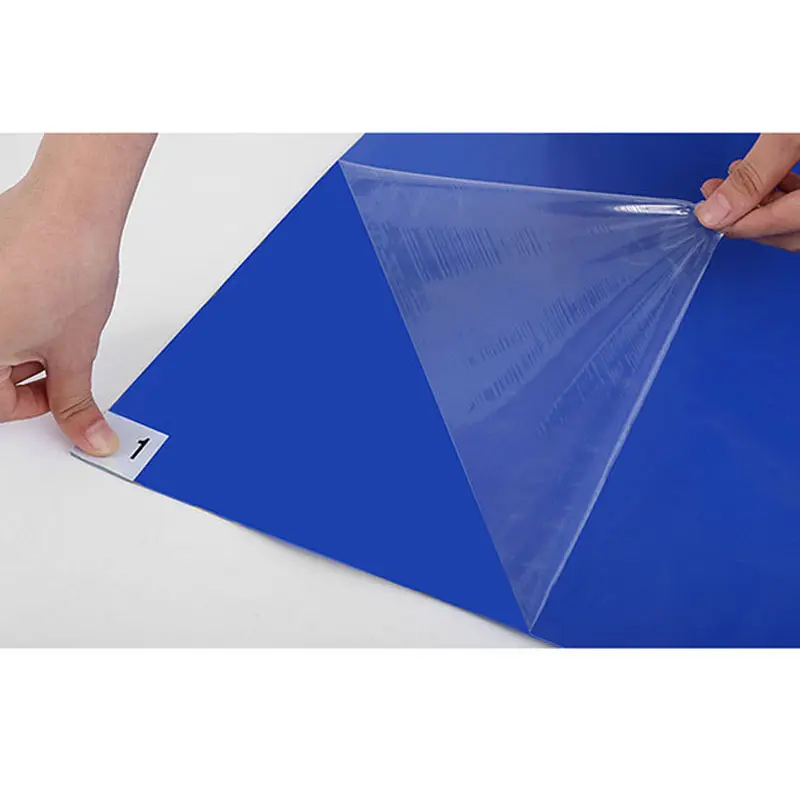
Storing sticky mats properly is important to maintain their effectiveness and prevent damage or contamination. Here are the specific steps to store sticky mats properly:
- Choose a clean and dry storage area: Select a storage area that is clean, dry, and free from dust and debris. Ideally, the storage area should also be climate-controlled, with a temperature range between 15-25°C (59-77°F) and a humidity level of less than 50%.
- Keep the mats in their original packaging: To protect the adhesive surface of the mats, it’s best to store them in their original packaging. This will help prevent dust and other contaminants from settling on the surface.
- Store mats vertically: To prevent warping or damage to the mats, store them vertically, with the adhesive surface facing downwards. This will also help prevent debris from settling on the surface.
- Avoid stacking or crushing the mats: To prevent damage to the mats, avoid stacking or crushing them. This can cause the adhesive surface to stick to other surfaces, which can compromise its effectiveness.
- Replace damaged or expired mats: If a mat becomes damaged or expired, it should be replaced promptly. A damaged or expired mat may not effectively trap dirt and debris or prevent slips and falls, which can compromise the safety of the surrounding area.
continue reading

